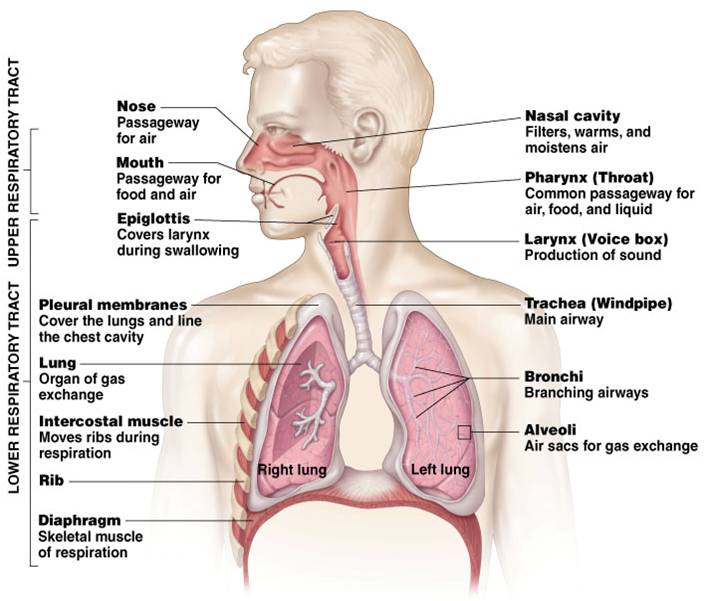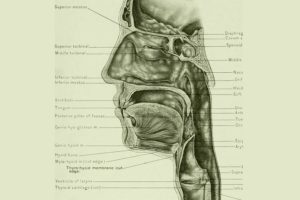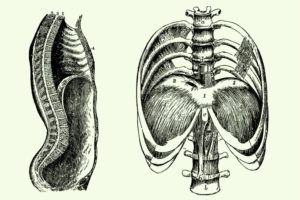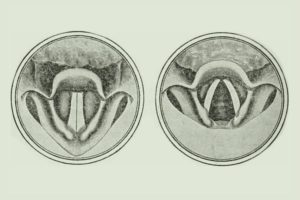The inhalation and exhalation of air by the respiratory system is the responsibility of the lungs. As the major organs of respiration, the function of the lungs is to oxygenate blood and they carry out that function by bringing oxygen-poor blood that’s in the pulmonary capillaries in contact with inhaled oxygen-rich blood.
During the breathing process of inhaling and exhaling, the lungs absorb oxygen from the inhaled air and carbon dioxide produced via cellular respiration is expelled through exhalation. Another hallmark of the lungs is that they are closely associated with the cardiovascular system because they are also sites for gas exchange between the blood and the air.
The lungs are located in the chest on both sides of the mediastinum with a structure like that of an inverted tree. They are pink spongy organs that ensure there’s a means to gears orb oxygen from air into the red blood cells. Both lungs each have an Apex at its superior end that stands above the level of the first rib and into the base of the neck. Both lungs also have three distinct surfaces which are
- Diaphragmatic surface: this is located above the diaphragm.
- Mediastinal surface: these are the medial and hills surfaces of the lungs
- Costal surface: it is located next to the ribs, sternum and Costal cartilage
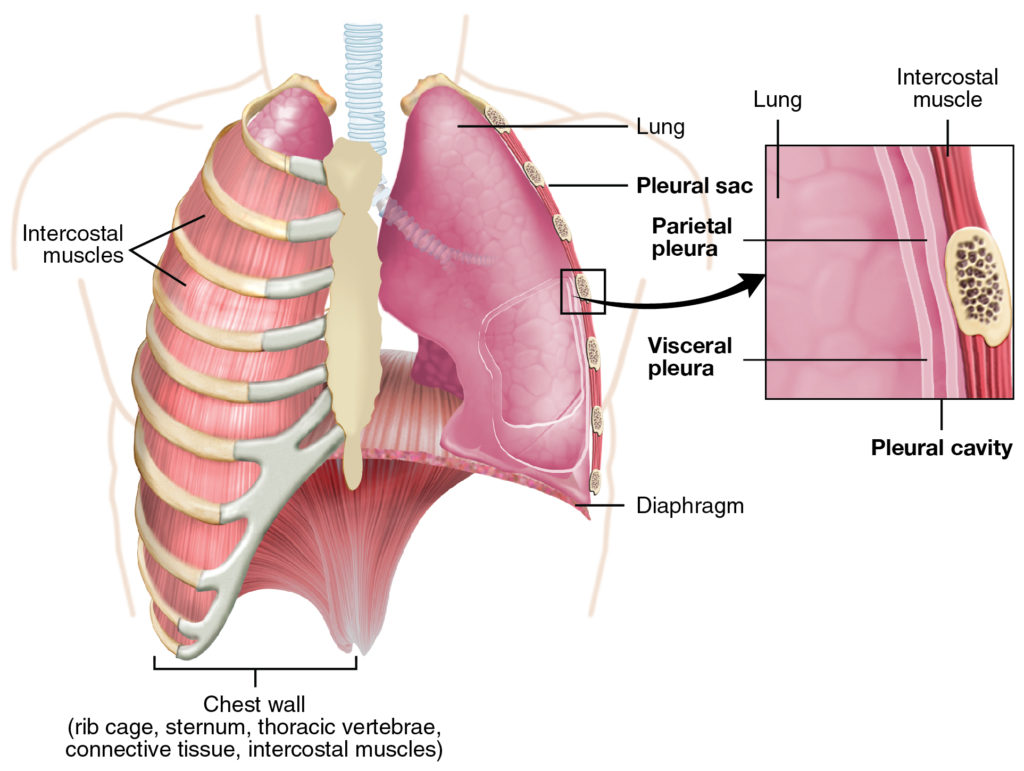
GREAT BOOKS WE RECOMMEND, CLICK ON THE IMAGE TO KNOW MORE! 🙂
HOW THE LUNGS WORK
For the lungs to be able to oxygenate blood, air is needed and it uses special airways to get the air and connect with the outside environment because it is enclosed within the chest cavity. The structures that enable the function of the lungs include
- Nose and mouth – they are the primary components of the olfactory system and they allow the air to flow into the lungs.
- Pharynx – ensures air from the nose and mouth are directed to the larynx
- Larynx – it contains the vocal cords for vocalization and it helps to direct air to the windpipe
- Trachea – it branches into the right and left bronchial tubes that direct air to the right and left lungs. The trachea connects the lungs with the larynx and is made up of incomplete cartilaginous rings.
- Bronchi – The trachea then branches into two different branches to form bronchi with each bronchus branching out continuously to form bronchioles.
- The branching and forming of bronchioles continue until at the end of each bronchiole, there is a cluster of alveoli which are the respiratory surfaces of the lungs.
- Alveolis are small sacs with large surface area where the exchange of oxygen and carbon dioxide takes place.
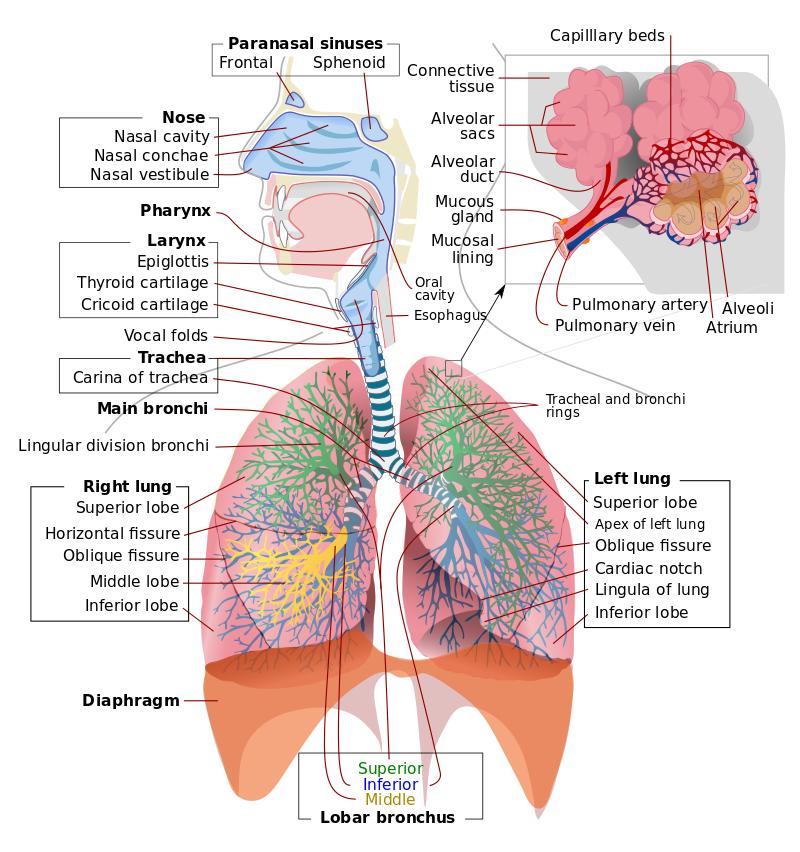
GREAT BOOKS WE RECOMMEND, CLICK ON THE IMAGE TO KNOW MORE! 🙂
THE PROCESS OF BREATHING
In the process of breathing, the lungs are stretched out as the diaphragm and ribcage move allowing air to be drawn into the lungs where the gas exchange happens. As exhalation takes place, the diaphragm relaxes and moves upward compressing the size of the lungs and by extension expelling air from the lungs.

The air being exhaled is forced out via the trachea and through the vocal cords with the capability to vibrate at very fast rates. This means that there’ll be no voice at all if the air expelled by the lungs during breathing does not cause the vocal folds to vibrate. It is this vibration that gives rise to the creation of vocal sounds.
The manipulation of the various structures along the vocal tract like the larynx and the position of the tongue are the factors that shape the sound being produced.
